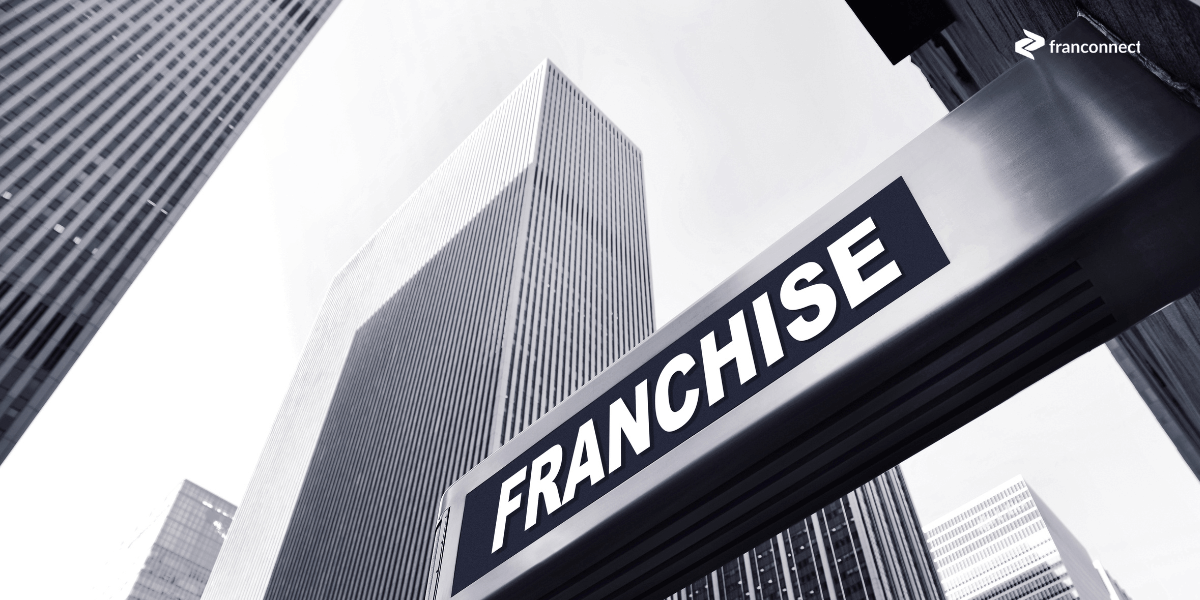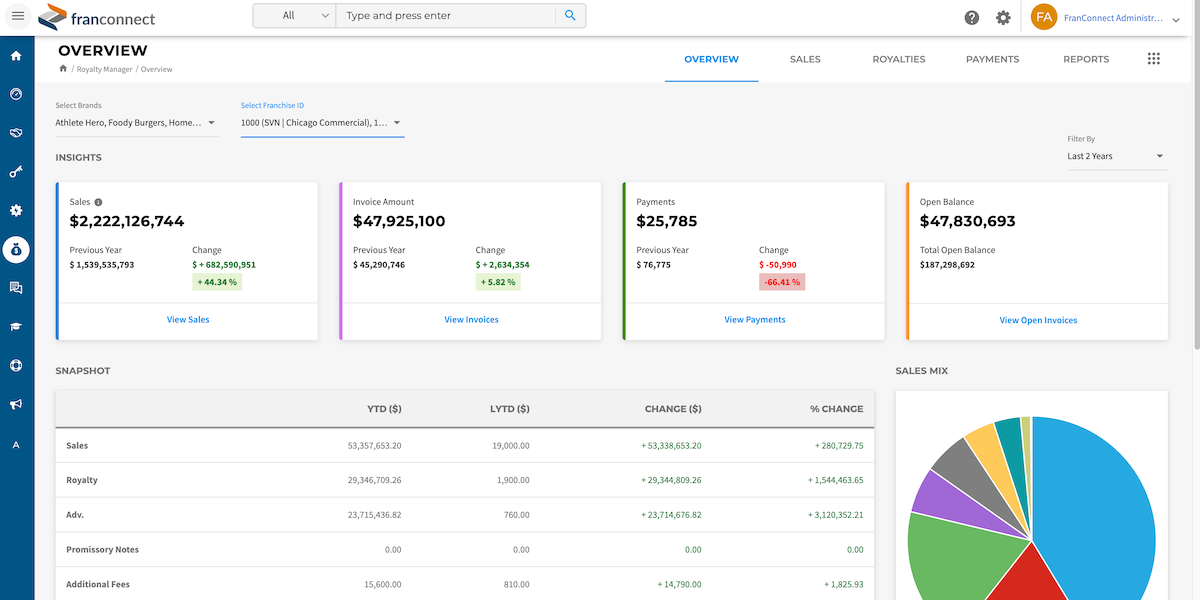In the beginning, instinct feels like enough.
A founder knows their customers, understands their franchise model, and can sense when things are going well. That gut-level awareness works when there are only a few locations to watch over.
But the picture changes quickly. At 10 or more units, patterns start to blur. Sales performance varies, openings run late, and some franchisees quietly drift away from brand standards. Without clear data, it becomes impossible to tell which problems are isolated and which signal a larger issue.
This is why early data matters.
The numbers you track in your first 10 units are more than reports. They become the blueprint for how well your system will scale at 25, 50, or 100 locations. With the right franchise analytics in place, you move from guessing to growing with confidence.
Why Early Data Matters More Than You Think
Many founders think structured data collection can wait until their brand is larger. At three or four locations, it feels easy enough to manage performance by memory or through quick conversations with franchisees. Spreadsheets seem to do the job.
But growth introduces complexity fast. By the time you reach 10 or 15 locations, gut instinct is no longer reliable. A few late openings, small compliance gaps, or missed sales opportunities can snowball into costly setbacks. What feels like “a minor issue” at one store often signals a trend that could affect the entire network.
Early data is powerful because it shapes the way you run your system from the start. The metrics you decide to track, and how you use them, become the foundation for smarter decision-making. In practice, they act like a blueprint, revealing patterns you can refine, risks you can prevent, and strengths you can scale.
The Core KPIs Emerging Brands Should Track
The goal is to focus on the numbers that reveal whether your franchise system is healthy and growing. For emerging brands, three KPIs stand out as the most important.
Franchise Sales Velocity
This measures how quickly prospects move through your development funnel, from first inquiry to signed agreement. Slow velocity often means leads are slipping through the cracks or that your process lacks structure. Faster velocity shows your sales engine is tuned and your pipeline is healthy.
Location Readiness
Every new unit needs to hit milestones on time: site approval, build-out, staffing, training, and opening. Tracking readiness ensures that stores open when they should and begin generating revenue as planned. Without it, openings get delayed, investors lose patience, and franchisees start questioning support.
Operational Compliance
Consistency is the hallmark of any strong franchise brand. Monitoring whether franchisees follow brand standards protects your customer experience and safeguards your reputation. Compliance data also helps you identify which owners need more support before problems spread.
Together, these KPIs act as an early-warning system. They give you clarity on what’s working, where you’re falling behind, and where to direct your attention before small issues become system-wide challenges.
Making Franchise Analytics Accessible to Everyone
Collecting data is only the first step.
The real value comes when the right people can see and act on it. Too often, early-stage franchises keep reports locked in spreadsheets or dashboards that only the founder reviews. That creates bottlenecks and slows decision-making.
The smarter move is to give each stakeholder access to the metrics that matter most to them. Franchisees should see their compliance scores, training completion rates, and sales performance. Field consultants need visibility into how units are operating so they can coach owners and identify risks. Executives and founders benefit from roll-up dashboards that show system-wide health and trends across multiple locations.
When data is shared this way, accountability improves. Decisions happen faster because no one is waiting for reports. Franchisees feel supported rather than monitored, because they can see exactly how their performance ties back to brand standards and growth goals. The result is a culture where data becomes a tool for improvement, not just a record of past performance.
The Competitive Advantage of Early Data Collection
Think of your first 10 units as more than new locations. They are a laboratory for your entire growth strategy. Each data point you collect during this stage tells a story about how your system performs in the real world.
One franchise might notice that every delayed opening traces back to the same missed milestone in site readiness. By documenting the problem and adjusting their playbook, they cut future opening times by weeks.
Another brand may discover that franchisees with higher early training completion rates consistently outperform others in first-year sales. That insight shapes how they prioritize onboarding for every new unit that follows.
Patterns like these are only visible if you start measuring early. By the time you reach 25 or 50 locations, it is too late to recreate the data you missed. Brands that collect early insights build a roadmap for scalable growth, while those that delay often repeat the same mistakes at greater cost.
Early data also builds credibility. Investors, prospective franchisees, and partners want proof that your system is working. Concrete numbers on sales velocity, readiness, and compliance demonstrate that you have more than passion. You have a business model that scales.
Building a Data Culture From the Start
For emerging brands, building a culture around data is less about technology and more about mindset. The goal is not to have the most advanced system. It is to create habits where numbers guide decisions at every level of the business.
Start simple.
A lightweight dashboard that tracks sales velocity, location readiness, and compliance is enough to provide clarity. Use it consistently so every new location opening or franchisee onboarding experience adds to the record of what works and what needs fixing.
Make data part of every role.
Franchisees should expect to review their compliance and training results. Field consultants should use performance numbers to coach owners, not just audit them. Executives should reference KPIs when setting goals or allocating resources. When everyone has visibility, accountability becomes shared.
Encourage storytelling through data.
Numbers are not just statistics. They are indicators of effort, execution, and outcomes. A spike in onboarding completion shows commitment. A dip in readiness scores signals where support is needed. Treating data as a narrative keeps teams engaged and invested in improvement.
When data habits start early, they scale naturally. By the time your brand reaches 25 or 50 units, you are not scrambling to put systems in place. You already have a blueprint built on years of insight that guides decisions and fuels growth.
Start Collecting the Blueprint Today
Data is more than a set of numbers. For emerging franchises, it is the story of where your brand is headed. The insights you collect in your first 10 units become the blueprint for how well you scale at 25, 50, or even 100 locations.
Brands that wait too long to build this foundation often repeat mistakes at greater cost. Brands that start early gain foresight, credibility, and a system that improves with every new opening.
If you want to know which KPIs matter most and how to use them to build a franchise that grows with confidence, download From One to Many: A Growth Guide for Emerging Franchise Brands. It offers practical checklists and strategies to help you turn data into a clear roadmap for scalable success.










 Ian Walsh
Ian Walsh








